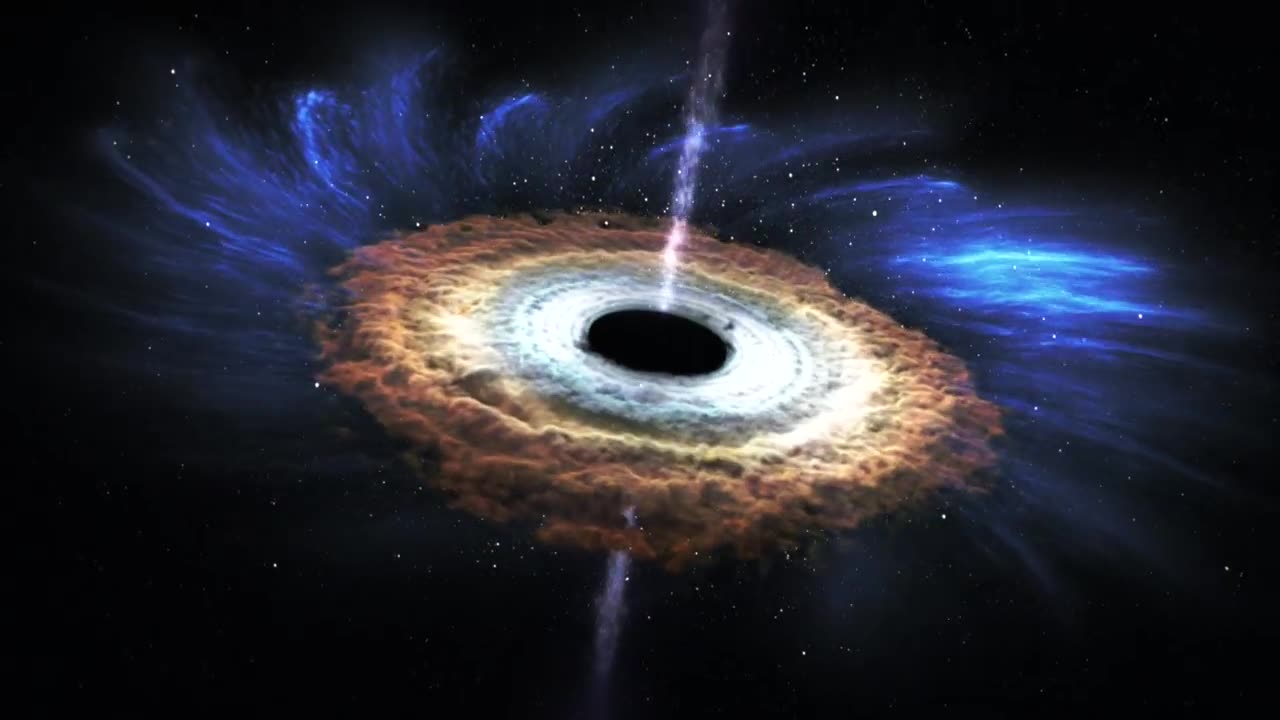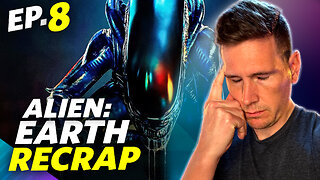Premium Only Content

NASA | Massive Black Hole Shreds Passing Star
NASA | Massive Black Hole Shreds Passing Star
6.2M views · 7 years ago...more
NASA Goddard
1.52M
Subscribe
17K
Share
Save
Report
Comments906
David John
You can tell it is fake because you cannot hear music in space.
Up next
1:31
Supermassive Black Holes on a Collision Course (ESOcast 246 Light)
European Southern Observatory (ESO)•94K views
11:55
Mairaj e Nabi PBUH Aur Black Hole Ka Quran Main Zikar II What Quran Says About Black Hole
Voice Daily•4.2M views
1:21
Peeking at a Distant Moon-Forming Disc (ESOcast Light 240)
European Southern Observatory (ESO)•104K views
4:55
What If You Fell Into a Black Hole?
What If•13M views
4:11
| : gymnopédie au clair de lune - Giovanni Vetrano & Aurora Tresa
Giovanni Vetrano•15K views
0:50
An echo of light
Jaja•9.7K views
1:33
Nasa footage shows how terrifyingly vast black holes are
The Independent•43K views
3:35
Return to the Moon with Orion
ATG Europe•1.5M views
4:36
Artemis-1 - NASA Animation (Version 2)
Matthew Cable•321K views
0:21
Interstellar Black Hole in Unreal Engine
Ammar Keshta•52K views
3:17
(LAST JEDI) Walking on the Moon with (PlayStation VR Headset) Apollo 11 experience
LAST JEDI•16M views
10:55
This is How First Humans Will Survive on Mars
Zem TV•4.8M views
Description
NASA | Massive Black Hole Shreds Passing Star
NASA Goddard
17K
Likes
6,270,996
Views
2015
Oct 21
This artist’s rendering illustrates new findings about a star shredded by a black hole. When a star wanders too close to a black hole, intense tidal forces rip the star apart. In these events, called “tidal disruptions,” some of the stellar debris is flung outward at high speed while the rest falls toward the black hole. This causes a distinct X-ray flare that can last for a few years. NASA’s Chandra X-ray Observatory, Swift Gamma-ray Burst Explorer, and ESA/NASA’s XMM-Newton collected different pieces of this astronomical puzzle in a tidal disruption event called ASASSN-14li, which was found in an optical search by the All-Sky Automated Survey for Supernovae (ASAS-SN) in November 2014. The event occurred near a supermassive black hole estimated to weigh a few million times the mass of the sun in the center of PGC 043234, a galaxy that lies about 290 million light-years away. Astronomers hope to find more events like ASASSN-14li to test theoretical models about how black holes affect their environments.
During the tidal disruption event, filaments containing much of the star's mass fall toward the black hole. Eventually these gaseous filaments merge into a smooth, hot disk glowing brightly in X-rays. As the disk forms, its central region heats up tremendously, which drives a flow of material, called a wind, away from the disk.
-
 LIVE
LIVE
Matt Kohrs
10 hours agoPCE Inflation Report, BTFD & Payday Friday || Live Trading Stock Market Open
693 watching -
 LIVE
LIVE
Wendy Bell Radio
4 hours agoWelcome To The "Find Out" Phase
3,562 watching -
 LIVE
LIVE
LFA TV
16 hours agoBREAKING NEWS ALL DAY! | FRIDAY 9/26/25
5,784 watching -
 LIVE
LIVE
Chicks On The Right
3 hours agoComey's FAFO moment, Dallas sniper details, DFWYF, and who to trust in media.
2,571 watching -
 LIVE
LIVE
Welcome to the Rebellion Podcast
16 hours agoYou Made it to FriJay - WTTR Podcast Live 9/26
364 watching -

Game On!
17 hours ago $1.34 earnedNFL Week 4 Betting Report Preview!
10.4K2 -
 21:05
21:05
Adam Does Movies
21 hours ago $1.22 earnedAlien: Earth Episode 8 - Recap
9.88K3 -
 18:49
18:49
World2Briggs
19 hours ago $1.57 earnedTop 10 States To retire in 2026 According to Experts
12.5K4 -
 19:03
19:03
Blackstone Griddles
14 hours agoParmesan Ranch Chicken Sandwich oxn the Blackstone Griddle
11.9K3 -

BEK TV
1 day agoTrent Loos in the Morning - 9/26/2025
13.1K